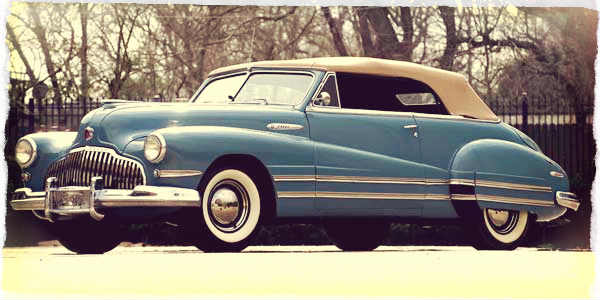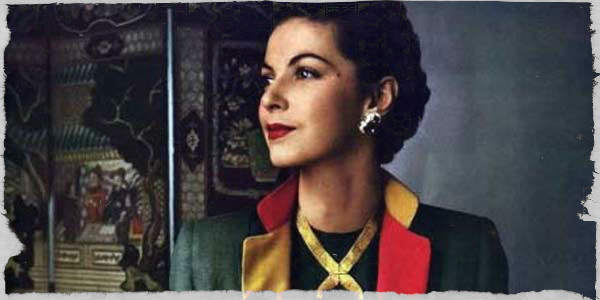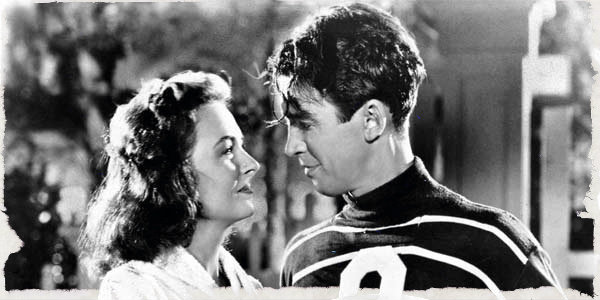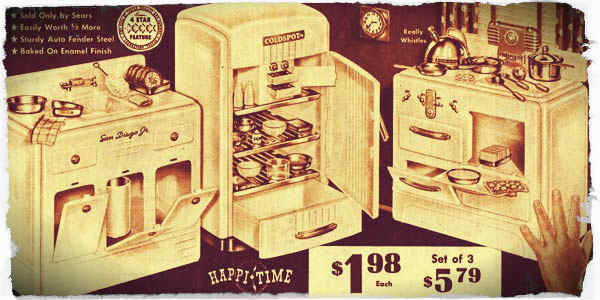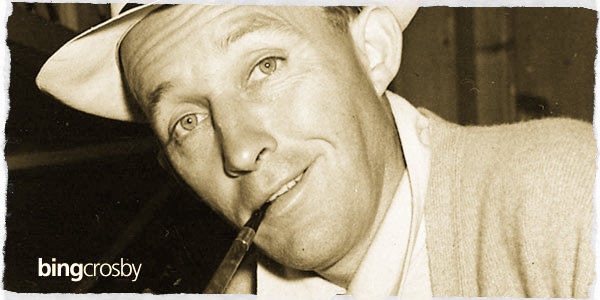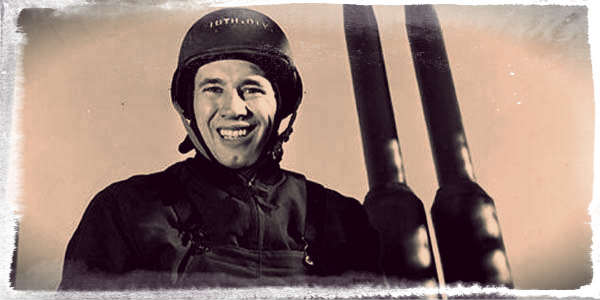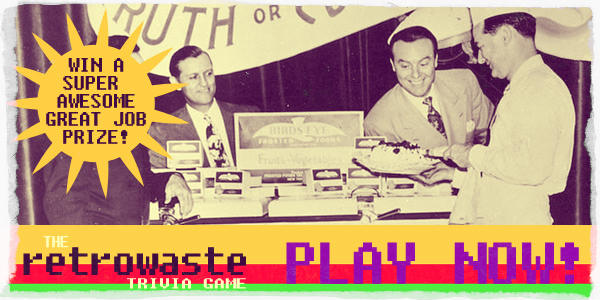
The 1940s got swallowed up in World War II. Many baseball players and other celebrities went to war, and much of American culture was focused around it.
Still, the ’40s brought us Jeep, the Slinky, Velcro, Tupperware AND Frisbee. And all of the Beatles were born in the ’40s.
It is almost impossible to explain how much of an impact the war had on all aspects of life. You were not allowed to simply waltz into a store and buy as much sugar, butter or meat as you like. You also couldn’t fill up your gas tank whenever you wanted.
Many items we take for granted today were rationed, meaning you could only buy the amount the government allowed. In some cases, rationing was the only way to ensure that all citizens get access to things needed for survival.
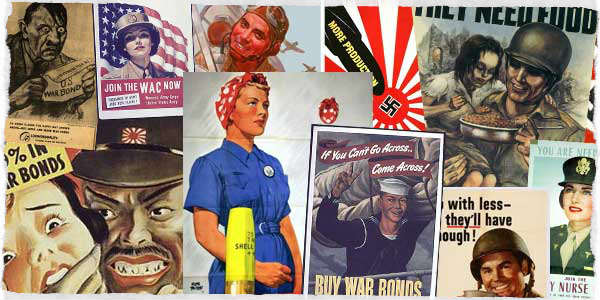
Hemlines were made differently to save material. Sports balls were made of inferior rubber. Rubber soles were a luxury.
But after the war, everyone’s spirits focused once again on extravagance and pop culture. Movies were pumped out, fashion changed drastically and sports got all of their athletes back.
Post WWII, cars started becoming very big and luxurious. When you look at them you can tell that late ’40s cars were the baby stages of the awesome ’50s cars we love so much.
In-Depth 1940s Profiles
1940s Cars: Classic, Sports & Luxury Cars »
1940s Fashion: Clothing Styles & Trends »
1940s Movies: Hollywood Goes To War »
1940s Toys: What Did Kids Play With? »
1940s Music: What Did People Listen To? »
1940s Sports: History, Facts, MVPs & Champions »
Unique 1940s Pictures
1940s News Headlines
- To great fanfare, Winston Churchill becomes the leader of Great Britain in 1940.
- Orson Welles directed the groundbreaking film, Citizen Kane, in 1941.
- Marvel Comics introduces Captain America in March 1941.
- Rice Krispies adopted the phrase “Snap! Crackle! Pop!” to describe the sound it makes when you pour milk on it.
- In 1944, multi-talented singer-actor Bing Crosby won an Academy Award for Best Actor for his role in the movie Going My Way.
- Ingrid Bergman won an Academy Award in 1944 for her portrayal of Paula Alquist Anton in the movie Gaslight.
- In 1945, the atomic bomb was first tested in New Mexico.
- German forces in Berlin surrender: The Battle of Berlin ended on May 2, 1945.
- The end of World War II in Asia occurred on August 14/15, 1945, when Japan surrendered to the Allied Powers.
- Velcro was invented in 1948 in Switzerland by George deMestral.
- In 1948, Jackie Robinson became the first African American to break the color barrier in Major League Baseball.
- In 1949, George Orwell wrote a classic novel about a dystopian future. The book was titled 1984.
1940s Statistics & Facts in the U.S.
Vital
U.S. Population: 132,122,000
– Urban/rural: 74/57
– Farm: 23.2%
Life Expectancy: Male (60.8), Female (68.2)
Births per 1,000: 19.4
Marriages per 1,000: 12.1
Divorces per 1,000: 2.0
Deaths per 1,000: 12.1
Deaths per 100,000:
– Heart: 485
– Cancer: 120
– Tuberculosis: 40
– Car accidents: 26.2
Economic
Unemployed: 8,120,000
GNP: $99.7 billion
Federal budget: $13.2 billion
National debt: $43 billion
Union membership: 8.1 million
Strikes: 2,508
Prime rate: 0.6%
Car sales: 3,767,300
Average salary: $1,299
Social
Homicides per 100,000: 6.3
Suicides per 100,000: 14.4
Labor force male/female ratio: 3/1
Social welfare: $8.8 billion
Public education: $2.34 billion
College Degrees
– Bachelors: Male (109,000), Female (77,000)
– Doctorates: Male (2,861), Female (429)
Attendance
– Movies (weekly): 80 million
– Baseball (annually): 10 million
Consumer
Consumer Price Index (if 1967 = 100): 42
Eggs: 33 cents per dozen
Milk: 13 cents per quart
Bread: 8 cents per loaf
Butter: 36 cents per pound
Bacon: 27 cents per pound
Round steak: 36 cents per pound
Oranges: 29 cents per dozen
Coffee: 21 cents per pound







